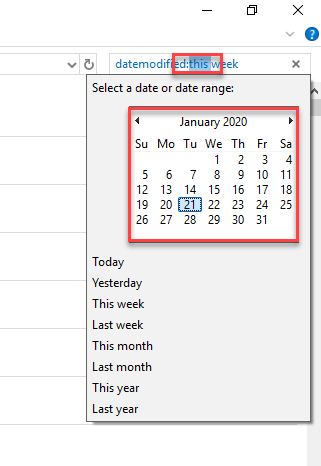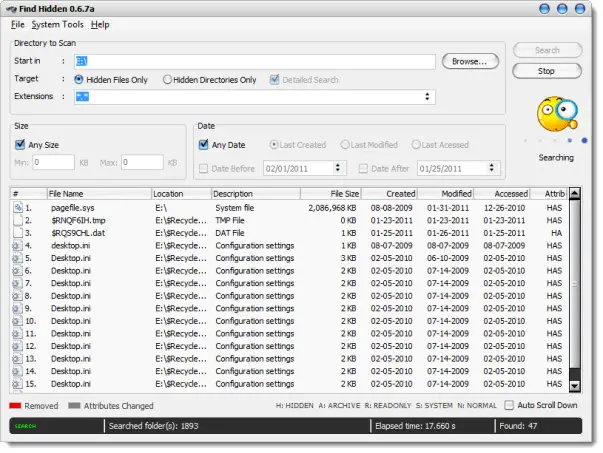
- FIND FILES BY DATE WINDOWS PC
- FIND FILES BY DATE WINDOWS PLUS
- FIND FILES BY DATE WINDOWS MAC
- FIND FILES BY DATE WINDOWS WINDOWS
If you’re new to the macOS ecosystem, you might not be familiar with these search options.

And then there’s Spotlight, the system-wide search utility that can also search the web, get dictionary definitions, perform calculations, and of course, find files.
FIND FILES BY DATE WINDOWS MAC
The Finder app lives up to its name by making it easy to find specific files stored on your Mac by the filename, date, etc. Clicking on the Finder app will show the contents of your Mac, iCloud Drive, and other connected storage devices. Finder is also the first app located in the Dock and its menu bar is displayed at the top of your desktop. PS: A directory is for file systems like NTFS, FAT12, FAT16, FAT32, exFAT a file with the attribute d.Finder is the macOS file manager, and it’s the first thing you see after you boot up your Mac.
FIND FILES BY DATE WINDOWS WINDOWS
Windows Server 2003 uses the same kernel as Windows XP.īy the way: choice.exe and robocopy.exe in Windows system32 directory of Windows Server 2003 can be also copied to Windows system32 directory of Windows XP as not existing by default on Windows XP too.
FIND FILES BY DATE WINDOWS PC
forfiles.exe in Windows system32 directory of Windows Server 2003 can be copied to the Windows system32 directory of a PC with Windows XP. The usage of FORFILES without option /D makes never sense as in this case it is always more efficient and definitely better to use the internal command for of the Windows Command Processor cmd.įorfiles.exe does by default not exist on Windows XP and older Windows client versions. So capturing the output of forfiles using for /F for further processing the files/folders more efficient with cmd.exe instead of using the FORFILES option /C makes no sense on using option /S to search also in subdirectories of the current directory respectively the directory specified with FORFILES option /P. The file/folder names are never output with path even on using option /S. The file/folder names are always output enclosed in " which is important to know on using for example in a batch file: offĮcho The following files are older than nine days:įor /F "delims=" %%I in ('%SystemRoot%\System32\forfiles.exe /D -10 2^>nul') do if not exist "%%~I\" echo %%I So such a date specification results usually in the error message:ĮRROR: No files found with the specified search criteria. Such a date specification does not make much sense in most cases if the current date is correct and so files/folders with a future date do most likely not exist at all. This outputs all file system entries (file and directory names) with last modification date newer (greater than) or equal March 08 th, 2022 on current date being February 26 th, 2022 ( ). This outputs all file system entries (file and directory names) with last modification date older (less than) or equal February 16 th, 2022 on current date being February 26 th, 2022 ( ). This outputs all file system entries (file and directory names) with last modification date older (less than) or equal August 13 th, 2021. This outputs all file system entries (file and directory names) with last modification date newer (greater than) or equal August 13 th, 2021.

Some examples for a better understanding: forfiles /D

The specification of a date in international date format yyyy-MM-dd results on my PC in the error message:
FIND FILES BY DATE WINDOWS PLUS
Selects files with a last modified date greater than or equal to (+), or less than or equal to (-), the specified date using the "dd.MM.yyyy" format or selects files with a last modified date greater than or equal to (+) the current date plus "dd" days, or less than or equal to (-) the current date minus "dd" days. The execution of forfiles /? in a command prompt window to show the usage help results on Windows with language English US, but with region/country/format German (Austria) configured for the user account, for option /D in the output:


 0 kommentar(er)
0 kommentar(er)
